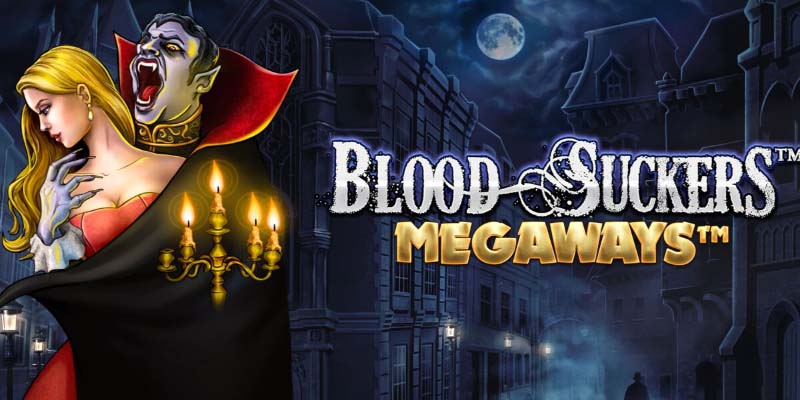The term Blood Suckers conjures images of nightmarish creatures lurking in the shadows, waiting to pounce on unsuspecting victims. From vampires in gothic novels to leeches in murky waters, blood-sucking entities have captured human imagination for centuries. In this blog post, we delve deep into the world of Blood Suckers, exploring their historical origins, cultural representations, psychological impact, ecological role, and ultimately exposing the interplay between myth and reality.
Understanding Blood Suckers: Myth and Reality
The fascination with Blood Suckers transcends cultures and eras. What began as folklore has evolved into a multifaceted discourse that combines horror, science, and psychology. To unravel the enigma surrounding these entities, it is essential first to explore their historical origins and how they have been represented throughout time F8betcom world.
Historical Origins of Blood Suckers
The narrative of Blood Suckers can be traced back to ancient civilizations where myths were created to explain the unknown. The Sumerians, Egyptians, and Greeks had beliefs about spirits and entities that fed on human life force or blood.
In medieval Europe, tales of vampires became legendary, largely due to societal fears and superstitions. The concept of an undead creature roaming the night and preying on the living took root in literature and local lore. This gave rise to figures like Count Dracula, popularized by Bram Stoker’s 1897 novel, which immortalized the vampire archetype in modern culture.
Through the ages, various cultures have interpreted Blood Suckers in different ways. For instance, in some African traditions, the Asanbosam—a vampire-like creature—is described as having iron teeth and hooks for feet, aligning with local beliefs around witchcraft. Similarly, in Asian folklore, beings such as the Jiangshi (a reanimated corpse) reflect the amalgamation of fear and reverence towards death and the afterlife.
As societies changed, so did their perceptions of these creatures. The Enlightenment era saw a shift from superstition to science, yet the allure of Blood Suckers persisted. They became metaphors for deeper anxieties, including issues of sexuality, power dynamics, and existential dread.
Cultural Representations in Folklore
The portrayal of Blood Suckers in folklore reveals much about the cultural psyche of different societies. They often embody anxieties, taboos, and moral lessons.
Take, for instance, the tale of Lilith in Jewish mythology. Often depicted as a succubus, she is said to feast on men while they sleep, symbolizing women’s empowerment and rebellion against patriarchal constraints. Her story resonates with themes of seduction and danger, illustrating how Blood Suckers serve as embodiments of repressed desires.
Moreover, in popular media, we witness a transition from malevolent blood-suckers to romanticized versions. Characters like Edward Cullen from “Twilight” challenge traditional portrayals, presenting vampires as misunderstood beings grappling with their nature. This evolution reflects societal shifts in understanding love, consent, and identity.
Folkloric representations also intersect with regional identities. The Chupacabra of Latin American folklore embodies the struggles faced by communities in the face of economic hardship and agricultural crises. Here, the Blood Sucker metaphor extends beyond simply predation; it symbolizes exploitation and fear of the unknown.
The term Blood Suckers conjures images of nightmarish creatures lurking in the shadows, waiting to pounce on unsuspecting victims. From vampires in gothic novels to leeches in murky waters, blood-sucking entities have captured human imagination for centuries. In this blog post, we delve deep into the world of Blood Suckers, exploring their historical origins, cultural representations, psychological impact, ecological role, and ultimately exposing the interplay between myth and reality.
Conclusion
Unveiling the secrets of Blood Suckers reveals a rich tapestry woven from history, culture, psychology, and ecology. From ancient folklore to modern interpretations, these entities continue to intrigue and provoke thought.
Our understanding of Blood Suckers evolves alongside societal changes, reflecting our fears, desires, and moral dilemmas. As we navigate the complexities of existence, these creatures serve as mirrors, challenging us to confront our darkest impulses while celebrating the intricacies of life.
